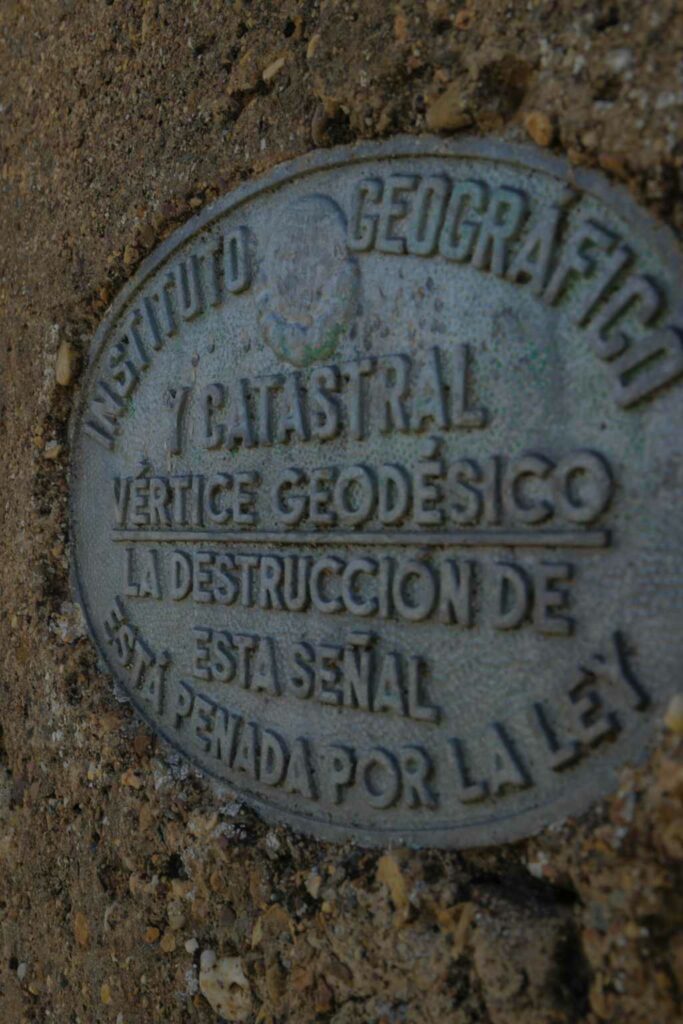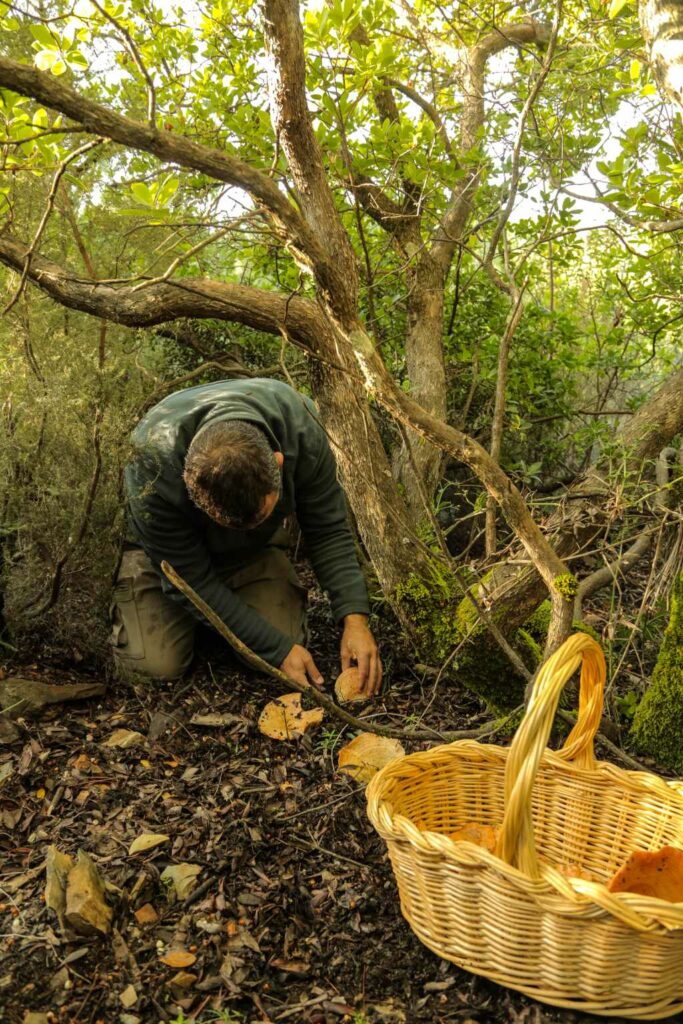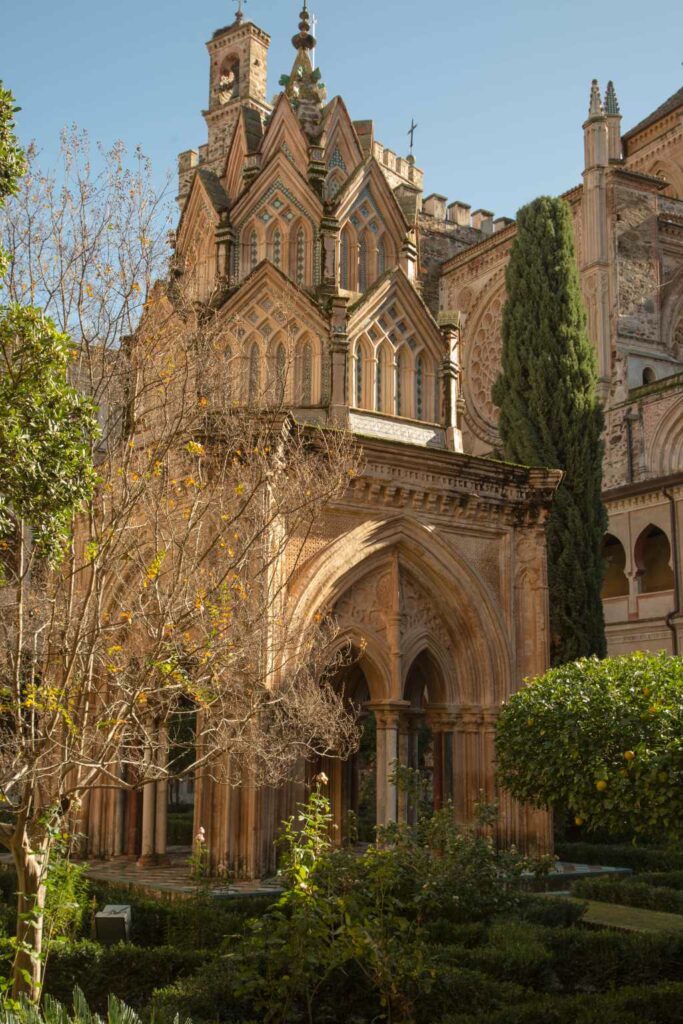Path of the Montes de Toledo
A little history…
A path inheriting the old road that linked the old Toletum (Toledo) with Emérita Augusta (Mérida), along with another secondary road, and no less important, that went from Caesarbriga (Talavera de la Reina) to Puerto de San Vicente. An already created infrastructure that would serve as a passage for the movement of pilgrims that began at the end of the 14th century and that would be enhanced above all from the 15th and 16th centuries by the religious, cultural and artistic significance that the monastery itself would acquire. Guadeloupe. Kings, knights, soldiers, monks and clerics passed through here; troubadours, minstrels, bourgeois and beggars; healthy and sick, men and women, all of them, walking or on horseback, alone or in groups that were transformed along the way, as some abandoned and others joined, all of them Marian devotees, who to a greater or lesser extent gave form and meaning to this itinerary bathed in the roughness of its relief and the beauty of its valleys.
The Guadalupense Way, which historically has been the second way in Spain by number of pilgrims, has two routes that pass through Toledo. We find this meaning in the origins of its episcopate, since Guadalupe has been and continues to belong to the archbishopric of Toledo, and both clergy, bishops and monks used to go there along this route.
It is clear from documents that the Royal House of Austria held Guadalupe in great esteem (a sanctuary where some of its members are buried) and promoted it as a place of pilgrimage and a cultural and spiritual center. Both Carlos I and Felipe II felt a predilection for the Hieronymite order. The result of this Hieronymite relationship with this road we still have today in the crosses, fountains, temples or hospitals that can be seen in its towns, paths and cords. We see the dangers that walking the road represented with the epic historical fight of the Holy Brotherhood with the first bandits; In this area, characterized by its hilly landscape, numerous bandits took refuge due to the continuous permanent hostility with the council of Toledo, which increased in the 15th and 16th centuries. Many of the pilgrims who approached Guadalupe were attacked by these, also known at that time as “golfines”. Once again, with the Carlist wars in the 19th century and the Francoist period in the 20th century, this outbreak of banditry would reappear again, this time motivated by the political and social repression of the time.
From the artistic point of view, Toledo and Guadalupe keep a parallelism worth mentioning, not only in the Hieronymite architecture of the time but also in the miniature of chorals, in embroidery and in other artistic manifestations.
Guadeloupe Tourist Office
Plaza Santa María de Guadalupe, 10140 · Guadalupe
Tel: 927 154 128
oficinadeturismo@ayuntamientodeguadalupe.es
Aprodervi
10136 Cañamero · Cáceres
Tel: 927 369 429
Fax: 927 369 196
www.aprodervi.com.es



